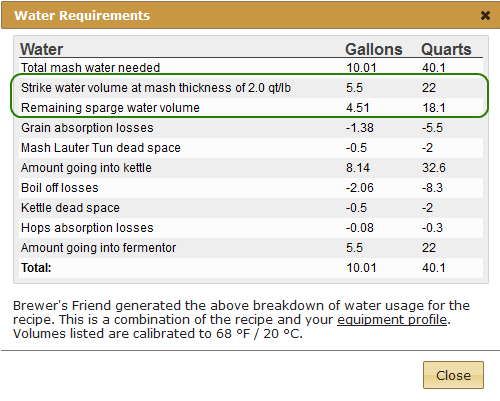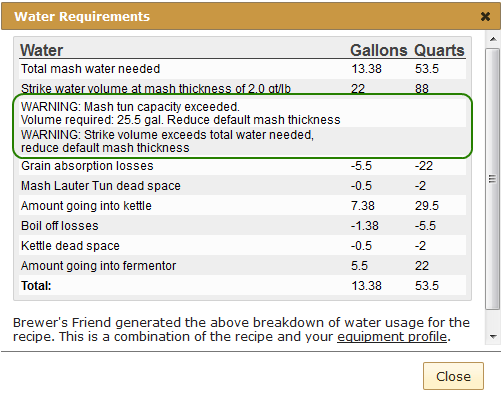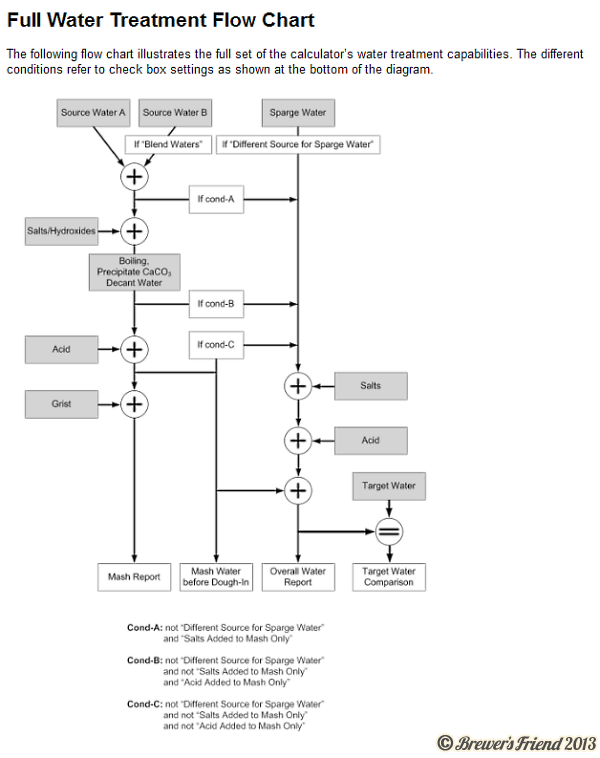Thursday, April 4th, 2013
Check out this nifty method of packaging beer from the keg into light weight plastic bottles.
I started kegging after almost 2 years of bottling. I fell in love with the fact that I now had one big “bottle” to clean and sanitize rather than about 50.
One of the challenges that emerged after I started kegging was taking homebrew with me when we’re away from home. Often I didn’t want to bother taking a keg with me.
I began looking for solutions. I frequent HBT (Home Brew Talk), and was soon acquainted with the now-famous Biermuncher Bottle Filler. This method of filling bottles is often referred to as the BMBF, for short.
It detailed how to fill 12 oz or 22 oz bombers without an expensive counter pressure bottle filler. Hundreds of posts on dozens of pages show how effective it is. I quickly made one, followed his process, and began enjoying convenience of beer on the go even though I keg.
Here’s a summary of Bier Muncher’s method:
- You fill from a picnic tap hooked up to your keg.
- You use a plastic racking cane. At the end of the long end, you cut a 45 degree angle.
- You use a #2 drilled stopper – best to get food grade.
- Put drilled stopper on racking cane, attach short end cane into the picnic tap – it fits snugly.
- Shut off CO2 to keg. Bleed the keg of pressure. Turn regulator down to 5-6 psi. Refill keg with CO2 at that pressure and leave regulator at that 5-6 lbs pressure.
- Put cane into beer bottle, adjust the stopper so it seals the bottle opening. Begin to fill the bottle.
- When beer filling slows/stops, burp the bottle…that means the CO2 pressure has filled the headspace and the beer won’t flow. Keep burping on occasion until bottle is full. Let it go all the way to the top. You’ll burp about 2x for a 12 oz bottle.
- Remove cane from bottle. Place cap on bottle, but don’t seal. Hold it down, invert bottle, right the bottle, let the foam spill out (this fills the headspace), then replace cap while the foam spills out and seal it.
Here’s a photo of my BMBF – notice that 45 degree cut at the bottom of the racking cane:

If you decided not to read the post, here’s a summary: you use this item – a plastic racking cane with a 45 degree angle cut at the bottom, plus a #2 drilled stopper – by inserting it into a picnic tap attached to the keg. You use it to fill the bottle. It’s easy, but there are some important details to his process that make it effective. If you want to try it you need to read the post! Later on I explain my process, and you won’t understand some of it unless you’ve read the post.
While this method worked great for events around town, once camping season rolled around a problem surfaced – I wanted to take my beer along in non-glass bottles. Part of that was due to no glass at campsites, and the other part was simply weight…camping for a week and taking a bunch of homebrew is heavy! I didn’t want to take a keg and regulator…I wanted the simplicity of bottled beer but not in beer bottles.
I started thinking about alternatives, and quickly settled on PET soda bottles. They come in lots of sizes, are durable, super light, reusable or disposable as circumstances dictate, and they’re made to handle even higher PSI beer – soda is has a much higher carbonation level. I decided I’d adapt the BMBF for PET and see how it worked.
“The Carbonator” cap is another alternative, but they’re expensive and can only be used on one bottle…multiple bottles get expensive at around 15 dollars each! The BMBF process adapted for PET has most/all of the benefits at a much lower cost!
Here’s what “The Carbonator” looks like:

The #2 stopper for glass bottles wasn’t sized for PET bottles. It took some research but I figured out what size stopper will work with PET bottles – a #4. It was not easy to find a food grade #4 stopper…my LHBS didn’t have them and many online brewing supply sites didn’t. I finally found them and ordered a few.
Take a look – #2 on the left, #4 on the right:

Once the #4 drilled stoppers arrived, I went to work trying the process out on the PETs. It worked great! I now don’t even bother with glass bottles. PET is my beer on the go solution. Part of the benefit is that you can even get to a growler size with PET – a 2 liter bottle!
Check out all the possible sizes – Left to Right: 12oz, .5 Liter (about a pint), 1 liter, 1.25 liter, 2 liter:

If you follow the BMBF process to the letter, the PET bottles kept a cold temperatures (so the CO2 will stay in solution better) will hold appropriate pressure for 1 week, and is often still acceptable for 2 weeks. Eventually the seals on the caps begin to wear out with reuse, so I recycle the bottle when I get a beer that’s flatter than I’d expect. Letting your beer-filled PET bottles get warm can also affect the CO2 retention in the bottles.
When you fill a PET bottle using the BMBF process, it should end up very firm…approaching but not equaling the firmness of a new, unopened bottle of soda. What typically happens is that it’s pretty firm right after filling. I place the bottle in the fridge and check it again in 10 minutes. If by then the bottle isn’t very hard, I invert the bottle and cap on the foam once more. That usually takes care of any storage issues. If it still isn’t firm after a second try, I know the PET bottle cap is likely worn out. I switch out for a newer cap, and throw away/recycle the old cap.
Here’s a photo of an never opened 64 oz soda bottle. Almost no indentation with a firm squeeze:

Here’s a filled 1 liter right after filling and capping on foam. It’s pretty firm…see how there is some give?

Here’s how it looked 20 minutes later and still chilled – much more firm, and of a firmness that will allow extended storage that maintains adequate carbonation. If it wasn’t as firm as shown, and it wasn’t going to be consumed that evening, I’d have topped off the bottle with more beer, inverted, and capped on foam again. That normally does the trick.

This is how I take small/medium volumes of homebrew around locally. It’s my exclusive method for camping now. I fill some small singles for that afternoon quenchers – low volume times when we wouldn’t drink a whole growler. I also fill some 2 liters (growlers) for the evenings around the fire telling fish stories, etc. when we’ll be drinking at a pace that the beer from growlers will still be appropriately carbonated.
In earlier blogs I talked about taking Summer Shandy and also Honey Chamomile Wheat to parties. In both those cases I filled 2 liter PET bottles – 6 of them – with these brews. I put the 6 growlers in a big freezer bag (the ones you can buy at Costco) with some cold packs. It works great and you can leave the growlers behind after you leave without losing anything valuable. Also, they aren’t breakable if the party gets rowdy.
The great part is that between you and friends you can get a ton of PET bottles for free! Many families drink soda , sparkling water, etc. Just ask them to save you the empties. A bit of Ivory dish soap cleans them out and rinses well for no aftertaste.
If you’re looking for a durable, convenient, almost free, and effective way for beer on the go, give the BMBF process a try with PET bottles. You might find it suits your beer on the go needs as well as it does for me.
Post by Brewer kcpup
Posted in Equipment, Kegging and CO2 | 3 Comments »



















































